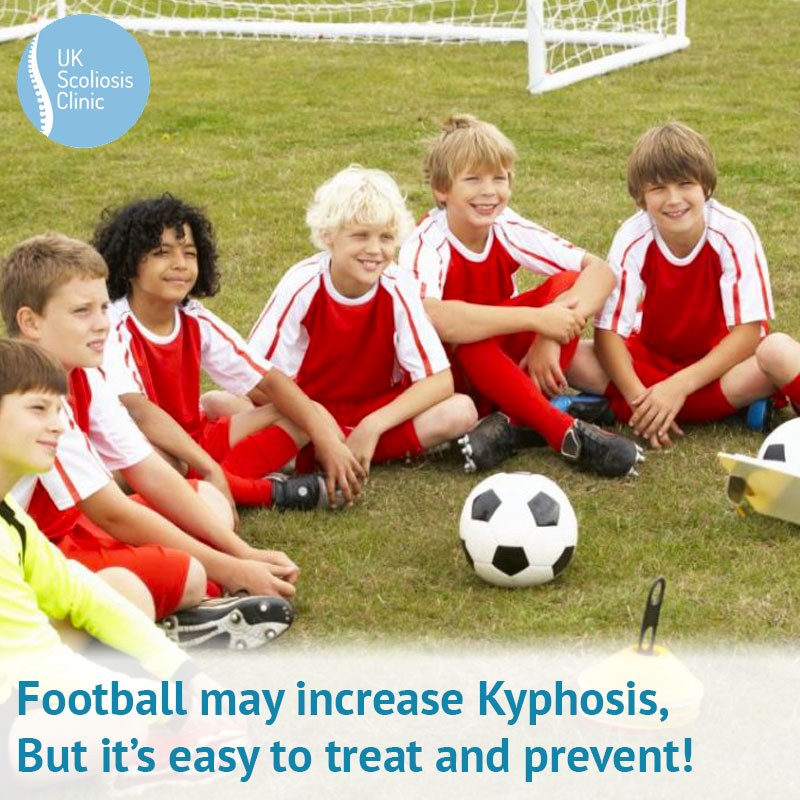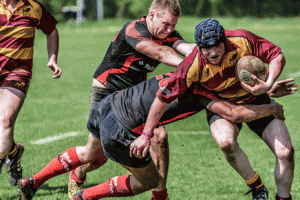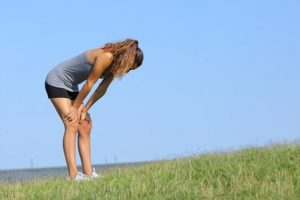
The role of sport and exercise as it relates to scoliosis and its treatment is a complex one. It has been known for some time that participants in some activities, such as gymnastics, seem to have a higher risk of developing scoliosis – at the same time, it has also long been suggested that exercises such swimming could help to reduce scoliosis. These are just two examples of the seemingly contradictory information available on scoliosis and exercise – this week, we summarise the latest findings and guidelines.
Do some forms of exercise cause scoliosis?
At present, there is certainly evidence to suggest that participants in some activities, such as gymnastics or dance have a higher chance of developing scoliosis. Indeed, research suggests that gymnasts are up to 12 times more likely to develop scoliosis than non-gymnasts on the whole.[1] There is a 10-fold higher incidence of scoliosis among rhythmic gymnasts[2] and an increased incidence of scoliosis has been reported in ballet dancers (24%)[3] What this observation does strongly suggest is the value of regular scoliosis screening for those involved in gymnastics, ballet and other forms of exercise which involve much contortion of the body and spine. What this evidence does not necessarily mean is that gymnastics causes scoliosis, since correlation does not necessarily mean causation.
While it does seem as though patients with scoliosis are more likely to participate in sports like gymnastics[4] it is now thought that this is because patients with scoliosis tend to have a higher prevalence of joint laxity than the general population this makes them more flexible[5], which would be a natural advantage in these activities. Therefore, avoiding such activities probably won’t do anything to prevent or avoid scoliosis.
Isn’t exercise good for everyone?
At the risk of providing a very simplistic answer, yes. Almost all scoliosis clinicians agree that those with scoliosis should actively take part in sport and physical activities[6]. This is not least because the psychological and social aspects of exercise are shown to be related to the patient’s self-image in a positive way[7] – indeed, it has also been reported that persons with scoliosis who exercise regularly, show higher self-esteem and have better psychological outcomes from treatment[8]. Therefore, SOSORT also recommends that patients with scoliosis should remain active in sports activities[9], especially since, as outlined above, participation does not seem to directly affect the occurrence or degree of scoliosis[10].
Can exercise cure scoliosis?

Specialised forms of exercise can treat scoliosis, but most forms of exercise still make a positive contribution to health !
It was once thought that a range of everyday exercises may be beneficial for scoliosis suffers – today the picture s more refined. For example, it was once widely reported that popular forms of general exercise, such as swimming (which has traditionally been recommended as a good sports activity for scoliosis and even prescribed by some physicians as a treatment),could be a possible corrective approach. Now we know that swimming does not seem to have any positive effect on scoliosis, although its certainly a great low-impact form of exercise, and a lot of fun!
To return to the point about causation and correlation, there is also at least one older study from 1983, which screened 336 competitive adolescent swimmers for scoliosis and found the prevalence of scoliosis to be 6.9%[11], which is more than double the average. Despite this, there is no evidence to suggest that swimming is a causative factor of scoliosis.
If general exercise does not seem to improve scoliosis, is there an approach that can? In fact, there are several forms of specialised exercise which have now been developed with the sole aim of reducing and controlling scoliosis – these are the Schroth and SEAS approaches, both of which have proven to be successful alone, and far more successful when combined with bracing. You can learn much more about both approaches on our site – but for more information please don’t hesitate to get in touch!
[1] Prevalence and predictors of adolescent idiopathic scoliosis in adolescent ballet dancers’
Longworth B., Fary R., Hopper D, Arch Phys Med Rehabil. 2014 Sep;95(9):1725-30. doi: 10.1016/j.apmr.2014.02.027. Epub 2014 Mar 21
[2] Tanchev PI, Dzherov AD, Parushev AD, Dikov DM, Todorov MB. Scoliosis in rhythmic gymnasts. Spine. 2000;25(11):1367–72.
[3] Warren MP, Brooks-Gunn J, Hamilton LH, Warren LF, Hamilton WG. Scoliosis and fractures in young ballet dancers. Relation to delayed menarche and secondary amenorrhea. N Engl J Med. 1986;314(21):1348–53.
[4] Meyer C, Cammarata E, Haumont T, Deviterne D, Gauchard GC, Leheup B, et al. Why do idiopathic scoliosis patients participate more in gymnastics? Scand J Med Sci Sports. 2006;16(4):231–6.
Meyer C, Haumont T, Gauchard GC, Leheup B, Lascombes P, Perrin PP. The practice of physical and sporting activity in teenagers with idiopathic scoliosis is related to the curve type. Scand J Med Sci Sports. 2008;18(6):751–5.
[5] Kesten S, Garfinkel SK, Wright T, Rebuck AS. Impaired exercise capacity in adults with moderate scoliosis. Chest. 1991;99(3):663–6.
[6] Liljenqvist U, Witt K-A, Bullmann V, Steinbeck J, Völker K. Empfehlungen zur Sportausübung bei Patienten mit idiopathischer Skoliose. Sportverletz Sportschaden. 2006;20(01):36–42.
[7] Fällström K, Cochran T, Nachemson A. Long-term effects on personality development in patients with adolescent idiopathic scoliosis. Influence of type of treatment. Spine. 1986;11(7):756–8.
[8] Liljenqvist U, Witt K-A, Bullmann V, Steinbeck J, Völker K. Empfehlungen zur Sportausübung bei Patienten mit idiopathischer Skoliose. Sportverletz Sportschaden. 2006;20(01):36–42.
[9] Negrini S, Aulisa L, Ferraro C, Fraschini P, Masiero S, Simonazzi P, et al. Italian guidelines on rehabilitation treatment of adolescents with scoliosis or other spinal deformities. Eura Medicophys. 2005;41(2):183–201.
[10] Kenanidis E, Potoupnis ME, Papavasiliou KA, Sayegh FE, Kapetanos GA. Adolescent idiopathic scoliosis and exercising: is there truly a liaison? Spine. 2008;33(20):2160–5.
[11] Becker TJ. Scoliosis in swimmers. Clin Sports Med. 1986;5(1):149–58.


